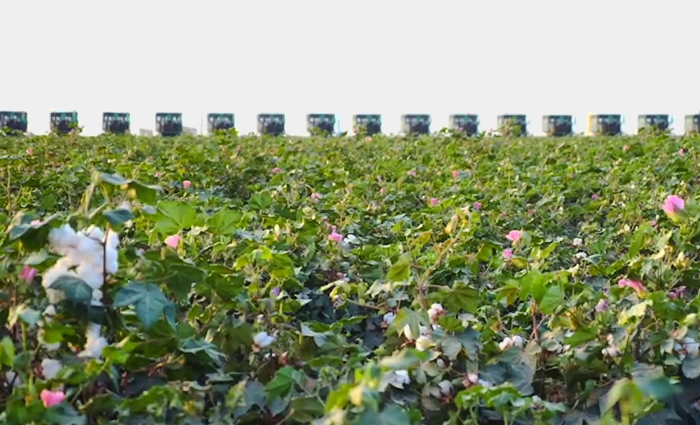nCa Report
The cotton crop is among the things that attract criticism toward Central Asia. Despite that, the region would grow more rather than less cotton. Why?
Here is why?
The cotton crop is labour-intensive i.e. you need more people for the entire crop cycle, particularly at the harvest stage. This provides for employing more people in the upstream cotton sector. This is an important factor for Central Asia.
By affording more job opportunities in the agriculture fields, the cotton crop helps prevent the rural-to-urban economic migration.
The cotton crop is instrumental in the running of about 40 different areas of industry and economy. It means that the livelihood of a large number of people is directly or indirectly related to the cotton crop.
For instance, at the first stage of the long production cycle of the cotton industry are the ginning mills. In addition to providing gainful employment to a number of people, they set the starting point of a new line of products: cottonseed oil, and cottonseed meal.
The seed separated from the raw cotton at the stage of ginning is sent to the expellers for the production of the cottonseed oil and cottonseed meal.
Of course, some of the seed, after careful grading, is preserved for the next crop cycle but most of the seed is sold to the expellers.
The refined cottonseed oil is popular in Central Asia for the cooking of the flagship dish – pilof. Of course, the pilof, also called pilau, can be cooked with any cooking oil but its distinct taste comes only from the proper use of the cottonseed oil. As such, the cottonseed oil drives an entire economic sub-cycle including the distributors, sellers and buyers of the cottonseed oil. It also supports the transport industry and the animal husbandry sector.
The cottonseed meal, the solid leftover from the production of the cottonseed oil, is an important part of the diet of the farm animals, mainly cows and sheep. It is nutritious and inexpensive. The cottonseed meal also goes into the production of the chicken feed. The cottonseed meal leads another sub-cycle in the economy.
The cotton, after separation from its seed, goes in different directions.
A lucrative area is the production of the medical supplies such as the bandages, gauze, swabs, etc. The industrial units engaged in the production of the cotton-based medical supplies are dependent on the availability of cotton.
The cosmetics industry needs cotton for the application of some of the cosmetics. It is a small but profitable area when it comes to the use of cotton.
However, the bulk of cotton goes to the spinning mills where it is turned into the cotton yarn. These mills produce a wide range of yarn from coarse to ultra fine. This is the base on which the sprawling and lucrative textile industry stands.
Central Asia is focusing on reducing the export of the cotton yarn, instead turning it into more value-added items locally.
The yarn goes to the factories for the production of cloth and hosiery. The factories use the yarn to produce a wide variety of items such as towels, bed linen, drapery, and the fabric and hosiery for the regular clothing and fashionable creations.
From the individual seamstress to the hugely popular labels, a large number of economic sub-cycles depend on the availability of dyed or printed of cotton cloth and its knit and woven cousins.
Then, there is the line of products based on the cotton waste and the leftover pieces from the stitching units. Nothing goes to waste from the cotton crop.
Cotton, therefore, is an indispensable part of the economy of Central Asia. Instead of criticizing it, there is the need to find better and sustainable ways to promote the crop and its downstream industries and the related sectors of economy that depend on it. /// nCa, 27 August 2024
